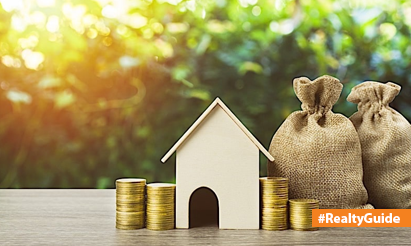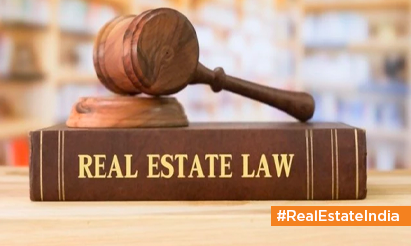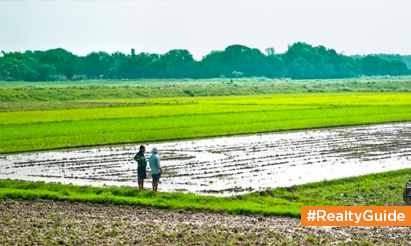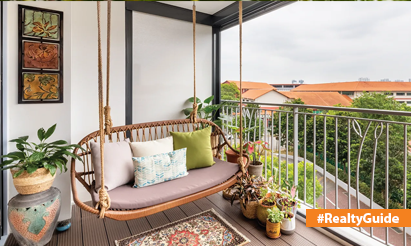All to Know About Built-up Area!
The word “built-up area” describes the amount of land that has been completely covered by buildings, structures, pavements, and other man-made structures. It is an important component of urban planning since it has a big impact on the community’s environment, infrastructure, and quality of life. Everything you need to know about built-up regions, from their definition to their effects on society, will be covered in this article.
Varied nations and areas have different definitions for what constitutes a built-up area. However, generally speaking, it is the region that has been built for urban or suburban uses, including homes, businesses, factories, or public structures. In addition to the actual structures, it also refers to the surrounding land that has been changed or improved to sustain habitation, such as parking lots, walkways, roads, and parks.
Agricultural land, natural regions, and open spaces are a few examples of different land use that are commonly distinct from built-up areas. Additionally, they are divided into groups according to the density, height, and zoning laws that determine the kind and extent of development that is permitted in a certain location.
Built-up areas have both beneficial and bad effects on society. On the one hand, it accommodates a burgeoning population and offers housing, jobs, and facilities, promoting economic expansion and social advancement. Additionally, it encourages intercultural dialogue and social engagement to build lively and varied communities.
Built-up regions, however, also incur considerable economic and social consequences. They require a tremendous amount of energy, materials, water, and other natural resources, which results in pollution, waste, and greenhouse gas emissions. They also exacerbate the consequences of climate change by destroying ecosystems, reducing biodiversity, and generating urban heat islands.
Built-up regions can have a negative social impact by fostering inequality, segregation, and social exclusion. They frequently concentrate on regions of poverty, crime, and health problems, resulting in isolated and impoverished neighborhoods. Communities and cultures may also be uprooted, losing their sense of self and place in the world.
Planning and managing built-up regions requires an all-encompassing, integrated strategy that strikes a balance between economic, environmental, and social elements to solve these difficulties. There are various steps involved, including:
Analysis and assessment: At this step, the current built-up area is identified, together with its attributes such as size, density, quality, and accessibility. It also entails evaluating its effects and dangers, such as threats of environmental deterioration, social injustice, and economic inequities.
Vision and Strategy: Based on the analysis and evaluation, a long-term vision and strategy are developed for the built-up region at this stage. It involves deciding on the stakeholders and partners who will be involved in the process as well as creating goals, objectives, and targets for equality, resilience, and sustainability.
Planning and Design: Using the concepts of smart growth, green infrastructure, and mixed-use development, this step entails translating the vision and strategy into actual plans and designs. It covers the zoning, regulation, and design of structures, public areas, utilities, and transportation, as well as the protection of natural resources and cultural heritage.
Implementation and monitoring: During this phase, the public and private sectors, civil society, and academics work together to implement the plans and designs using a coordinated and participatory approach. Based on the indicators and standards established in the vision and strategy, it also includes the monitoring and assessment of the results and impacts.
The connection between human and natural systems is reflected in the idea of the “built-up region,” which is dynamic and complicated. Both in terms of the advantages and disadvantages, it has a huge influence on society. It demands a collaborative and inventive strategy that incorporates sustainability principles to maximize its advantages and reduce its expenses.
Disclaimer: The views expressed above are for informational purposes only based on industry reports and related news stories. PropertyPistol does not guarantee the accuracy, completeness, or reliability of the information and shall not be held responsible for any action taken based on the published information.




